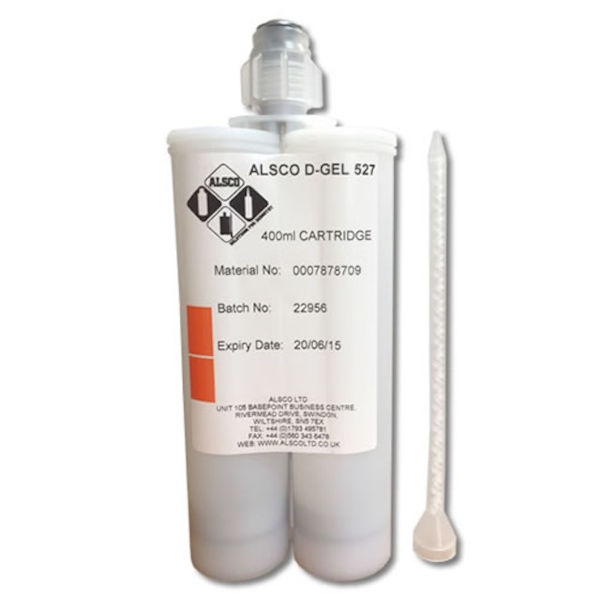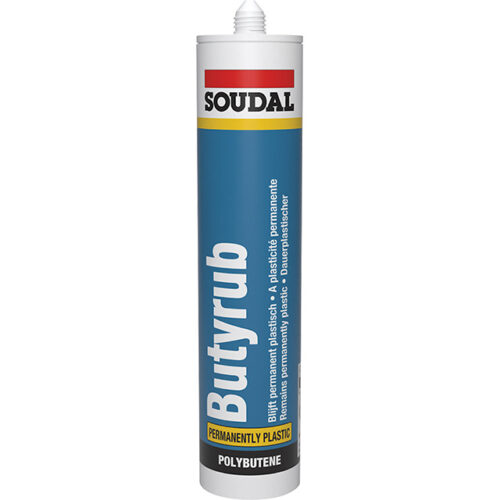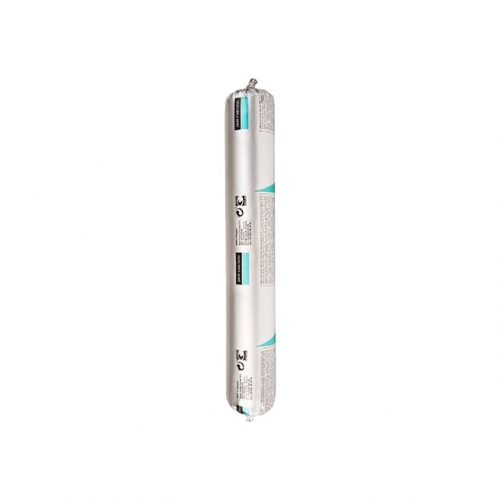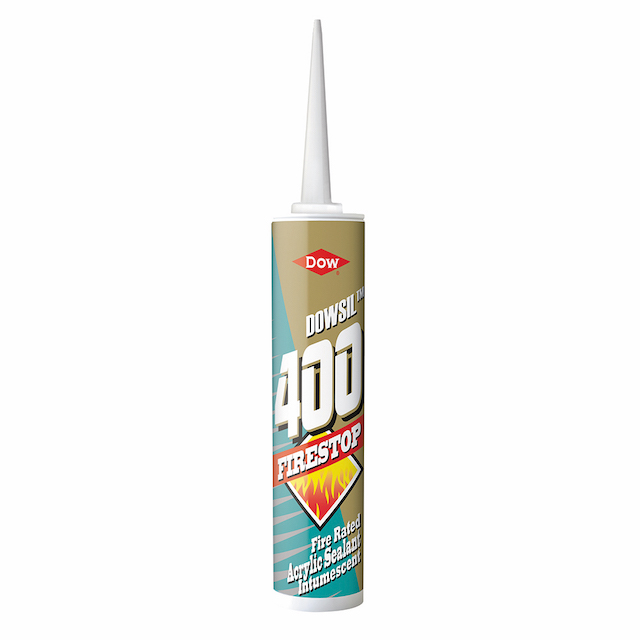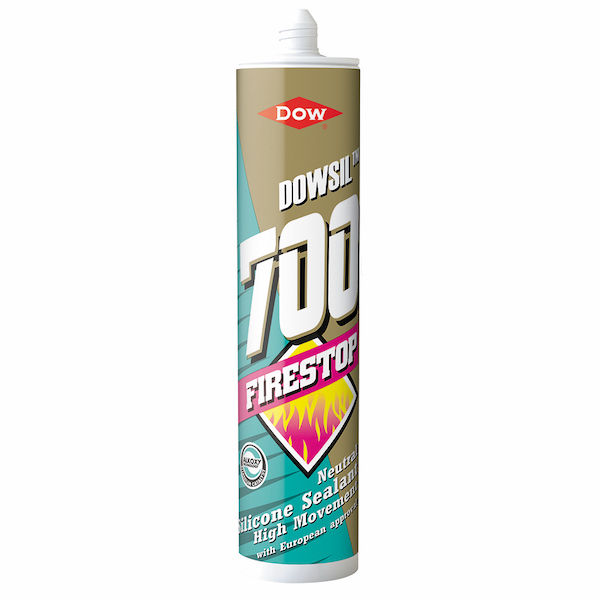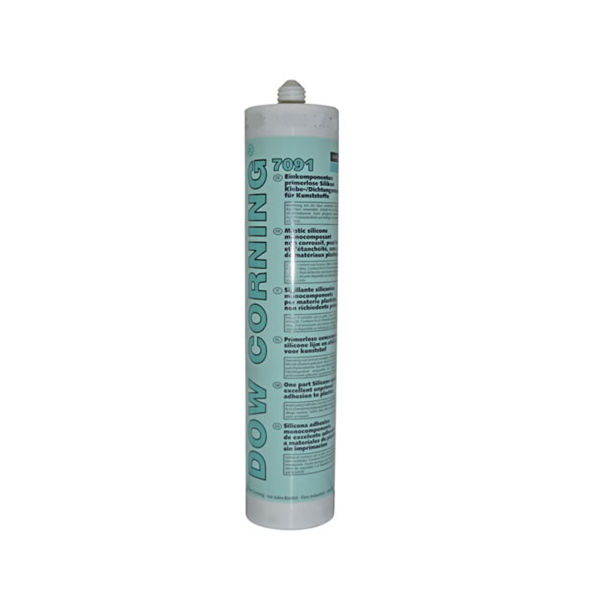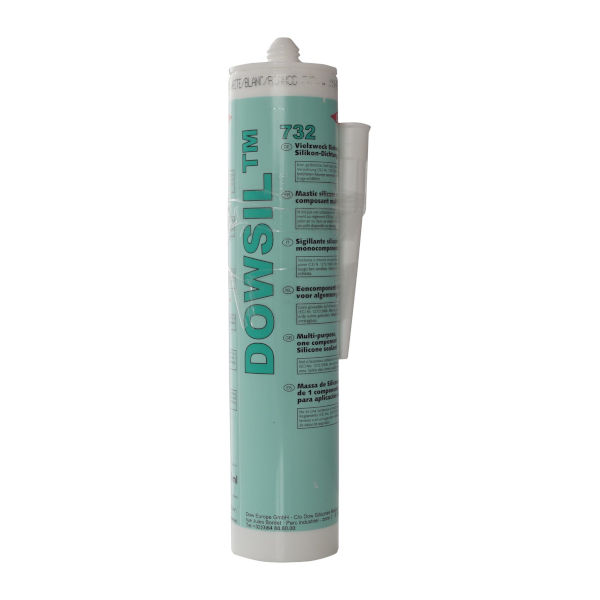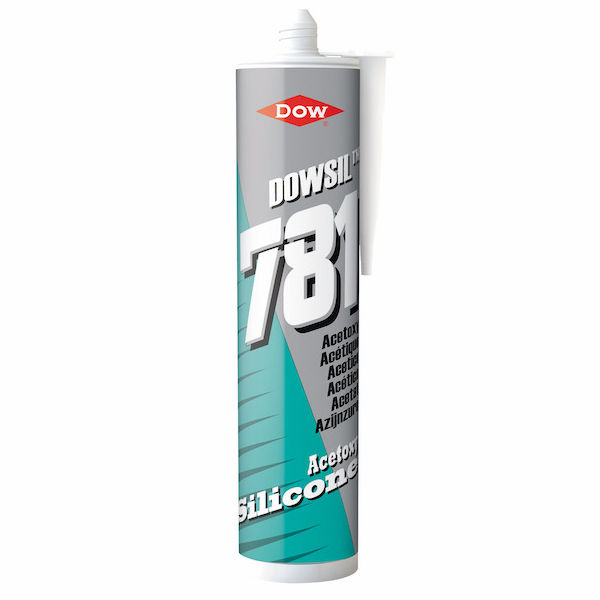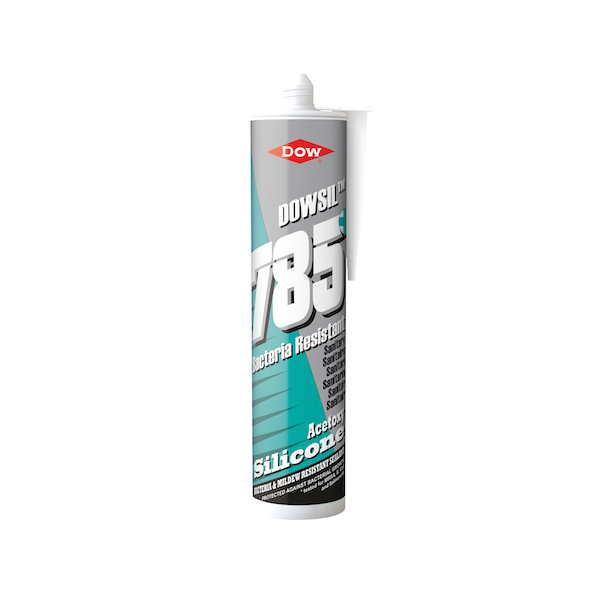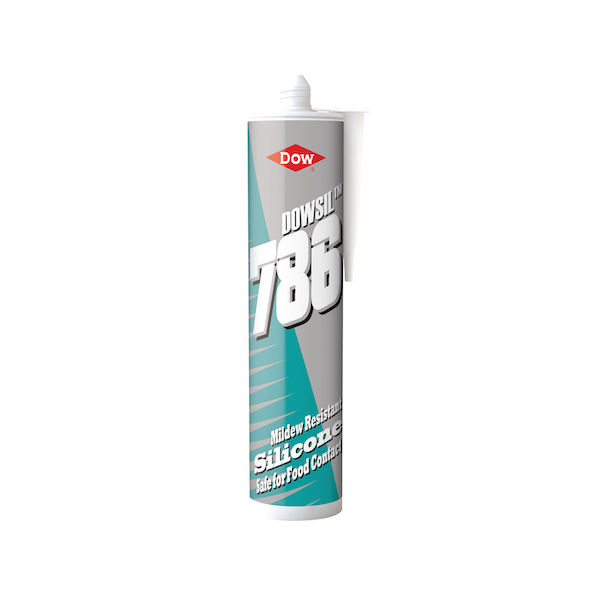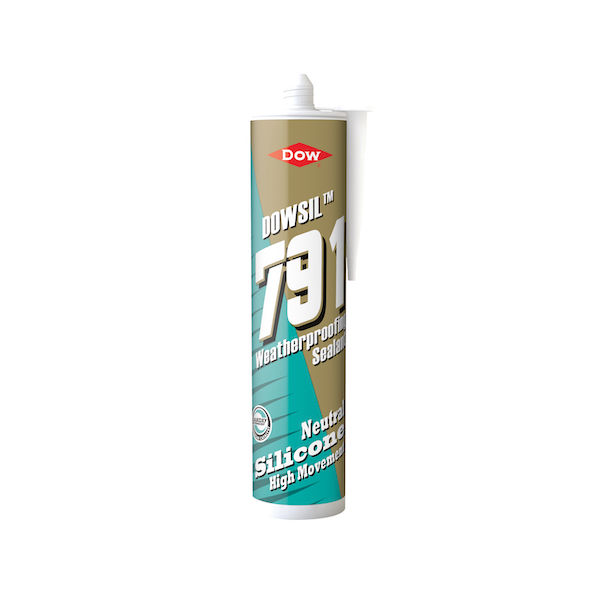- You cannot add "Alsco D-Gel 527 400ml - Clear" to the basket because the product is out of stock.
Industrial sealants are mainly used to fill cracks, joints, gaps and other openings. This is to prevent dirt, water, gas and any other foreign substances from seeping in. Serving as a solution to inevitable gaps and cracks, industrial sealants create strong and leak-proof mechanical seals. Industrial sealants are available in a variety of forms, including pastes and liquids that can be applied to diverse surfaces.
Know that the best sealant type for the job isn’t one over the other. It is all about evaluating the performance properties of the sealant as well as determining what type of sealant is best suited for the demands of a project.
Showing 1–12 of 34 results
FAQs
What is the primary role of sealants?Typically, an Industrial sealant is designed to seal the spaces between surfaces to prevent the ingress of moisture, to bond surfaces together and provide a damper to vibration and noise. Sealants are applied where either mechanical fixings or more rigid chemical products such as adhesives, resins, mortars or concrete do not offer an effective solution.
As long as they are applied correctly in accordance with the manufacturers guidelines and are not subjected to conditions outside of their cured properties, Adhesives, Resins and Sealants will continue to maintain their characteristics for many years after application.
Sealants are used in a wide array of industries such as aerospace, automotive, construction, electronics, food, medical, marine and many more. Those working with materials like concrete, ceramics, metal, plastics and textiles also commonly use industrial sealants.
Various types of industrial sealants are available in the market. The most common are the four below:
Polymer
Products such as MS, STP or hybrid based systems offer the best technical solution for many Industrial applications. These products bond very well to most common surfaces generally without the need for primers and offer good long-term resistance to atmospheric conditions, UV radiation, heat and moisture.
Polyurethane
A forerunner of the newer Polymer technologies, this product type is well established for use in Industrial and construction applications offering good adhesion often with the need for specific primers but is susceptible to degradation and discolouration when subjected to strong UV conditions.
Silicone
A long established highly flexible sealant solution which offers enhanced UV stability and heat resistance characteristics. Generally used for glazing, sanitary, fire rated, food and electronics applications these products are not suitable for overpainting.
Acrylic
This type of sealant is typically used internally as “decorators caulk” or externally where a high movement accommodation is not required.
A suitable professional applicator will be required for products that are pre-packed in cartridge format to aid dispensing, see our full range of “dispensers” for selection of the appropriate applicator for the container type/volume.
For all product types it is imperative to ensure all surfaces to be bonded or sealed should be free from dust, debris or surface contaminants by ensuring thorough cleaning prior to application. Guidance can be provided on the most suitable cleaning solution based on the surfaces and bonding/sealing product being used.
Once surfaces have been thoroughly prepared products should be applied to the surfaces as per the manufacturers product guidelines. Adhesives generally will require a thin film applied typically 0.1mm-2.0mm, whereas sealants need a minimum of 5mm depth/width for bonded surfaces to account for dynamic movement and coefficient of expansion with temperature and sufficient width/depth to fill gaps where edge sealing to ensure long lasting water tight seals.
Pre-cut the cartridge nozzle end to the required size to facilitate application to the required width/depth, attach nozzle to the cartridge and insert into a suitable professional applicator for products that are pre-packed in cartridge format to aid dispensing, see our full range of “dispensers” for selection of the appropriate applicator for the container type/volume. Masking tape can be used on joint edges to minimise overspill or excess material to make post application clean-up easier.
It is important to remove excess adhesive or sealant before curing to a solid state, uncured adhesive can be removed using suitable industrial cleaning wipes, uncured sealant can be tooled to a smooth surface and excess removed using a soapy water solution or a moist (free from chlorinated solution) surface wipe.
Significant movement of bonded/sealed components or assemblies should be avoided until the adhesive, resin or sealant has cured sufficiently to provide sufficient strength to maintain their structure. Exposed sealants should be left untouched until they have cured to a solid rubber form.
Adhesives can vary in their full cure time based on their particular chemistry type and curing type (single component, dual component, atmospheric cure or heat cure), anything from 5-10 seconds up to 24 hours. Sealants being mainly single component cure which utilise atmospheric moisture and temperature to form a solid rubber (RTV-room temperature vulcanising), they will cure through approximately 3mm every 24 hours of exposure (faster if warmer and more humid, slower where colder and dryer).
It is not recommend to apply new material over old product, so where there is residual material evident on surfaces, this also needs to be removed mechanically prior to application of new material, remove larger areas by scrapping and then abrasion to remove smaller remaining residues, cleaning can then take place after this process has been completed.
The answer to this is yes, silicone sealant is waterproof. Silicone sealants, when applied, can seal out moisture and maintain a stronghold against tough weather conditions. Because of this, silicone sealants are commonly used for bathroom fixtures such as the bathtub, sink, toilet and faucets. They are also great for outdoor applications, which is why they are commonly used for sealing doors and window frames.
Adhesives are typically used to permanently bond two surfaces together producing a strengthened more rigid assembly. Resins are used to encapsulate assemblies from moisture, temperature or to eliminate reverse engineering. Sealants are used where a more flexible elastomeric joint between two surfaces is necessary.

